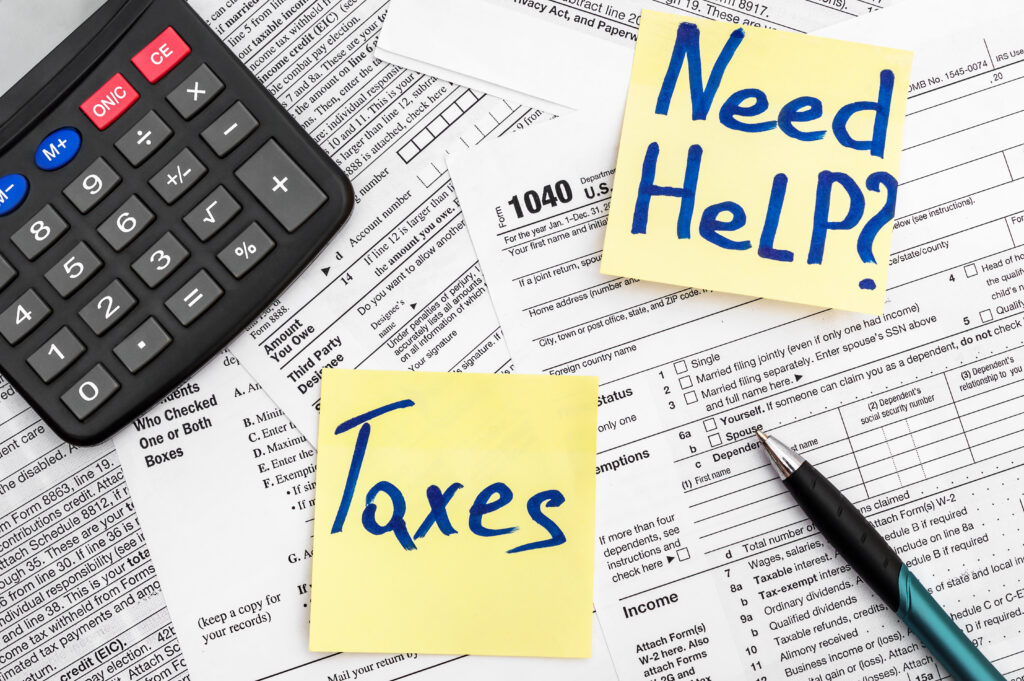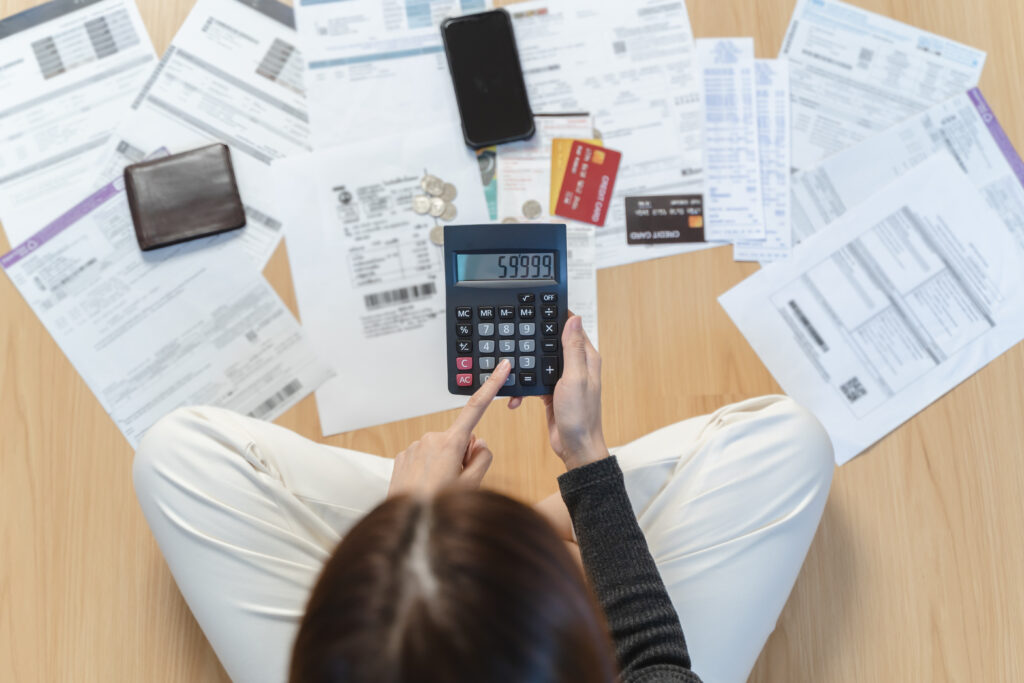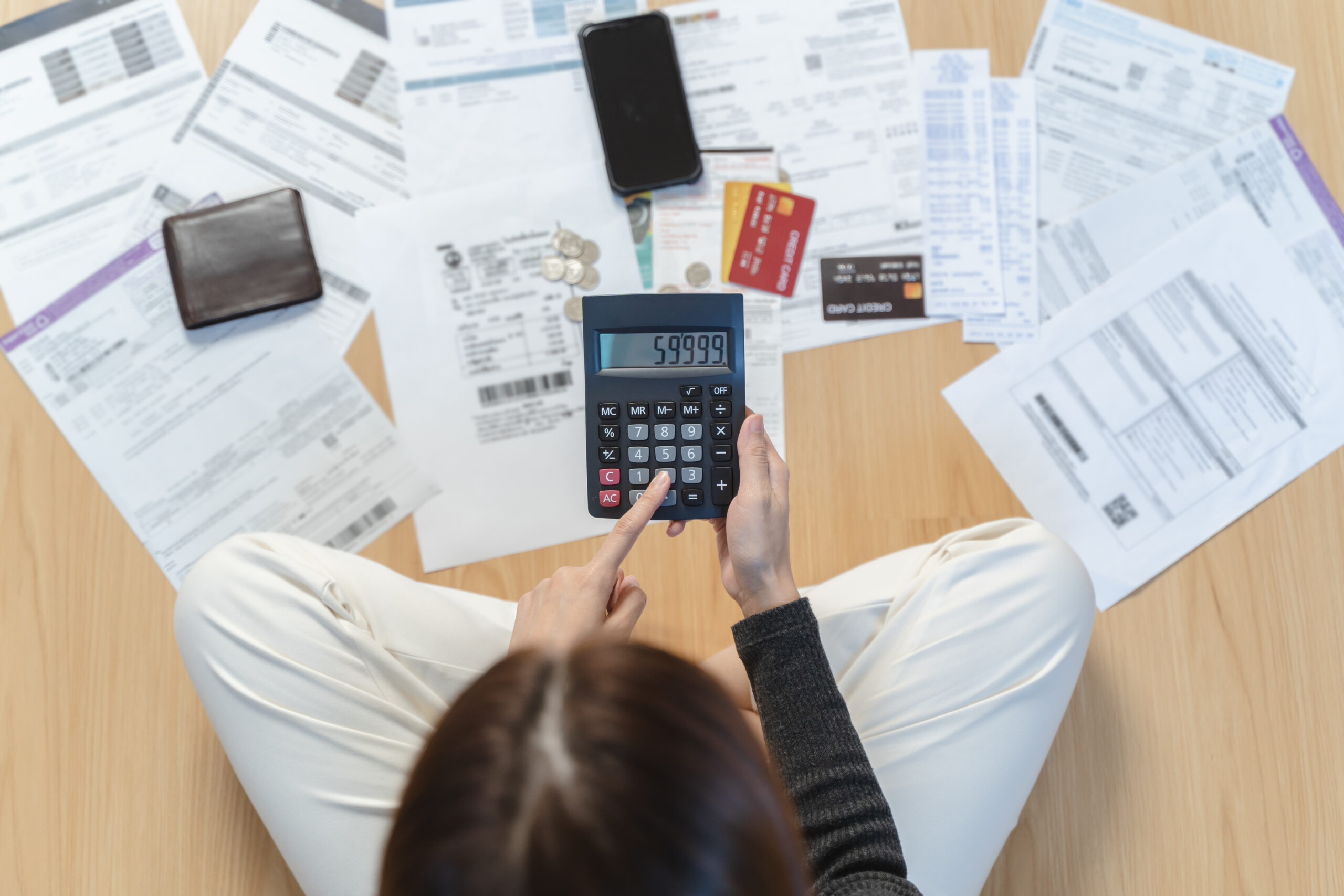Debt can feel like a never-ending cycle, but the good news is that there are clear paths to getting back on track. Two of the most common types of debt Americans face are tax debt and credit card debt. Each comes with its own challenges, but with the right approach, you can take control and work toward financial freedom.
Understanding Tax Debt and How to Fix It

Tax debt happens when you owe more to the IRS (or state tax agency) than you can pay. Whether it’s from underpaying your taxes, miscalculations, or unexpected financial changes, it can be stressful to deal with. Ignoring tax debt can lead to penalties, interest, and even legal trouble.
- Set Up a Payment Plan – The IRS offers installment agreements that allow you to make manageable monthly payments. This is often the easiest way to handle tax debt if you cannot pay in full. The IRS has both short-term and long-term plans, so check which one best suits your financial situation.
- Look Into an Offer in Compromise – If you qualify, you may be able to settle your tax debt for less than what you owe. The IRS considers factors like income, expenses, and asset equity before approving an offer. This process can be complex, so working with a tax professional may increase your chances of approval.
- Check for Hardship Status – In some cases, the IRS may temporarily delay collections if you’re facing financial hardship. This status, known as “Currently Not Collectible,” means the IRS recognizes that you cannot pay without causing undue financial strain. However, interest and penalties may still accrue, so it’s best to have a long-term plan.
- Consult a Tax Professional – Tax laws are complex, and a professional can help you find the best strategy for your situation. A tax specialist can also help you avoid mistakes that could lead to more penalties and fees in the future. Seeking professional advice can save you time and money in the long run.
Tackling Credit Card Debt the Smart Way

Credit card debt can quickly spiral out of control due to high-interest rates and minimum payments that barely make a dent in the balance. If you find yourself struggling to pay off credit cards, consider these strategies:
- Prioritize High-Interest Debt – Focus on paying off the credit cards with the highest interest rates first (the avalanche method) or the smallest balance first for quick wins (the snowball method). The avalanche method minimizes long-term interest costs, while the snowball method builds motivation by giving you small victories early on. Choose the approach that best keeps you on track.
- Negotiate with Creditors – Credit card companies may be willing to lower your interest rate or set up a payment plan if you ask. Many lenders would rather work with you than risk you defaulting. If you have a history of on-time payments, you may have more leverage in negotiations.
- Consider a Balance Transfer – A credit card with a 0% introductory APR can help you consolidate and pay down debt more efficiently. Be sure to read the terms carefully, as balance transfer fees may apply, and the interest rate may increase after the promotional period ends. This option is best if you can pay off the balance before the higher rate kicks in.
- Look Into Debt Consolidation Loans – These can combine multiple debts into one monthly payment, often with a lower interest rate. A consolidation loan can simplify your finances, making it easier to keep track of payments. However, it’s important to compare rates and fees to ensure you’re getting a better deal than your current credit cards.
Debt doesn’t have to control your life. By taking proactive steps, staying consistent, and seeking help when needed, you can work toward a future with less financial stress. No matter where you’re starting from, the key is to take action today! Small, consistent steps can make a big difference over time. It’s important to stay patient and remain committed to your financial goals. With the right strategy and mindset, you can break free from debt and build a more secure future for yourself and your family.





